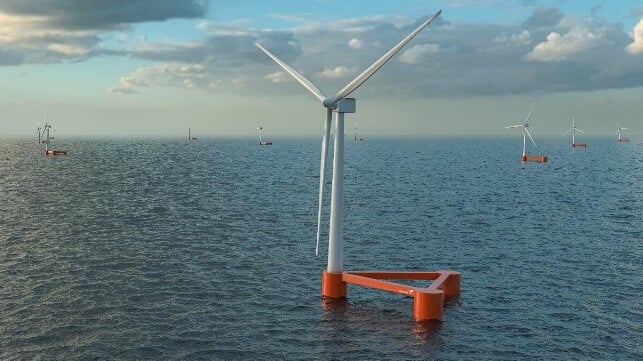Equinor Will Not Proceed with Australian Offshore Wind Projects

Equinor, one of the leading developers in the offshore and renewable energy industry, is not proceeding with its development projects in Australia, marking another setback for the developing industry. The Norwegian company had been working in Australia for the past few years and was positioned to be one of the first to develop a project.
Australia’s Energy Minister, Chris Bowen, said that Equinor and its Australian partner, Oceanex Energy, had been unable to agree on terms for the next phase of the development project. They had been selected by the government in February to receive a feasibility license to proceed with the research for the project, but according to Bowen, the company has decided to decline the license for the proposed Novocastrian Offshore Wind Farm.
Oceanex has spent years developing the plan and the local expertise for the project, which is one of the projects selected for the Hunter coast of New South Wales. The plan calls for a mega 2 GW floating wind farm located more than 12 miles offshore south of Newcastle. The proposed timeline expected construction to begin in 2028 and operations by 2031.
No official reason was given for the decision not to proceed, but it is being pointed out that Equinor has withdrawn from a number of projects both in Australia and elsewhere in recent months. Novocastrian was positioned according to Oceanex to be “at the forefront of deep-water deployment.”
Equinor had launched its partnership with Oceanex in 2022, citing the strong potential for offshore wind energy in Australia and the government’s strong desire to develop the industry. Oceanex is also developing offshore plans for the Illawarra and South Coast regions.
Equinor last month quietly withdrew from another project, its third in Australia, the Bass Offshore Wind Energy project. To be located near Tasmania in the Bass Strait, it calls for 70 to 100 turbines with a capacity of 1.5 GW. Equinor was working with the Australian company Nexsphere, which assumed full ownership of Bass from Equinor. Unlike Novocastrain, Bass has not yet been selected for a feasibility license.
Bowen said that Oceanex wants to continue to pursue the project, but it lacks the access to capital required. He believes that both Oceanex and Nexsphere will be shopping for new international partners.
The changing economics for offshore wind energy and the challenges of developing a new market have weighed heavily on Australia’s plans. Last month, Blue Float Energy, which is developing the plans for a Victoria offshore project, reported it was not proceeding. The plan calls for a 2 GW project for the Gippsland region, but reports said the company’s lead investor, Quantum Capital, determined the project was no longer commercially viable.
The changing economics have also challenged projects in other parts of the world. Ørsted recently announced it would not proceed with the Hornsea 4 project in the UK in its current proposed form. The company has also reported that it was unable to secure an investment partner in the United States for its Sunrise Wind project. It is planning to sell rights to its current shareholders to raise more than $9 billion, which will primarily be used to complete construction of the U.S. project.
Bowen reiterated that the Australian government remains firmly committed to renewable energy. Analysts, however, question whether the government can meet its goals as the leading offshore projects have stalled before reaching feasibility and the final investment decision.
